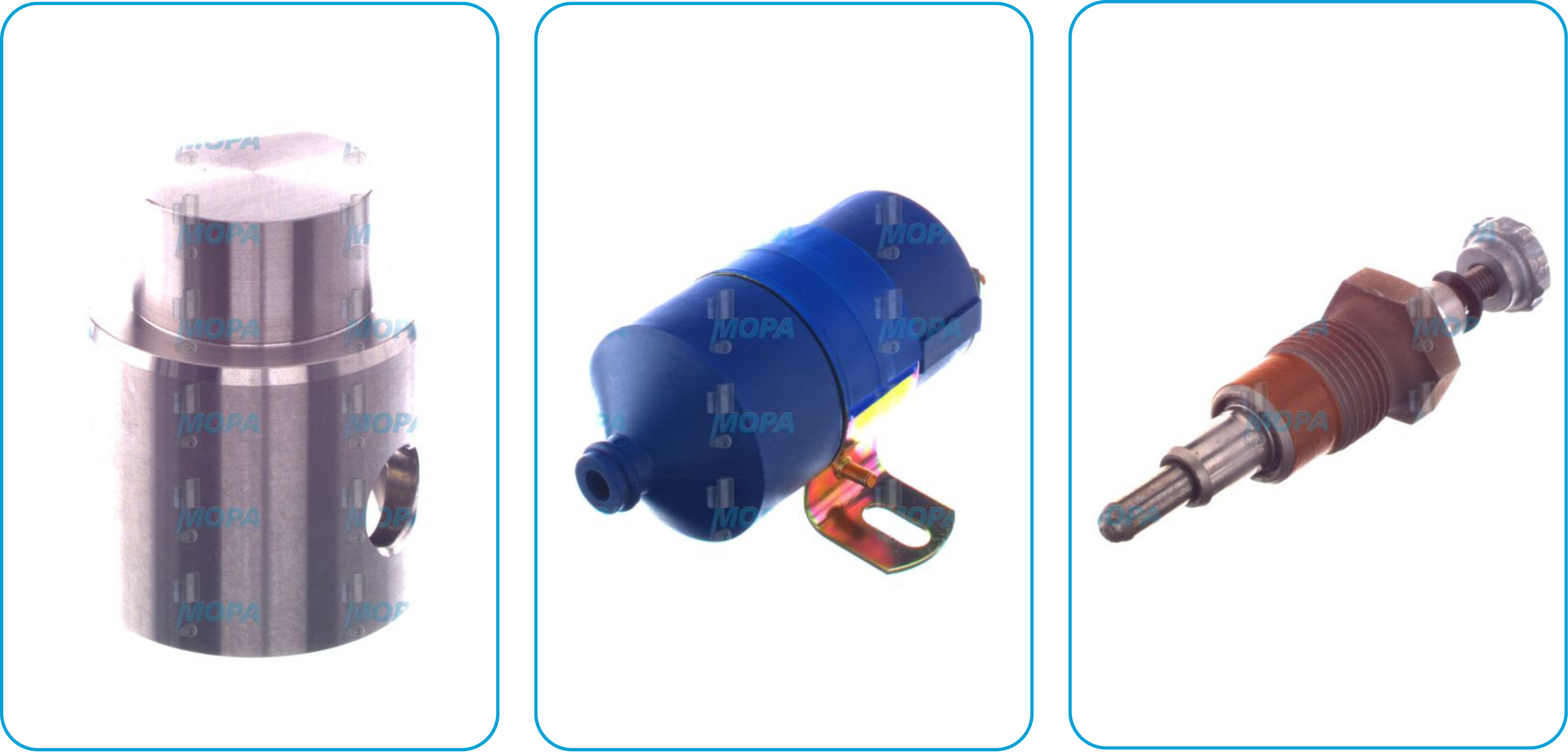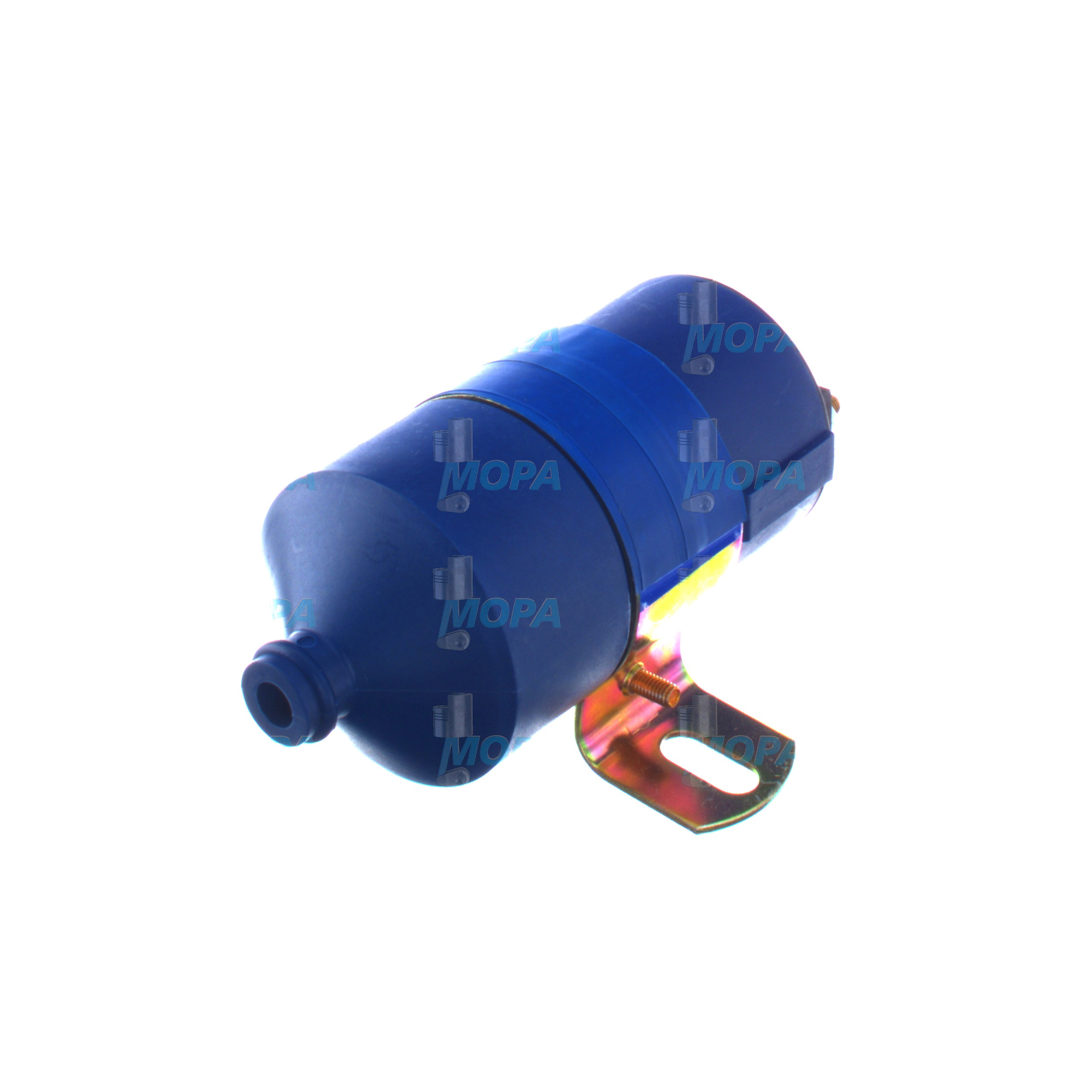Ignition system in industrial and marine applications
A reliable ignition system is essential for the performance, safety, and efficiency of internal combustion engines in industrial, marine, and stationary power applications. Whether installed in a gas engine driving a generator, a marine ignition system on a vessel, or a motor ignition system in a locomotive, precision ignition ensures smooth engine starts, stable operation, and compliance with emissions standards. OEM-equivalent ignition parts help maintain operational uptime and reduce unplanned downtime—critical factors for industrial buyers, fleet managers, and marine engineers.
What is an engine ignition system?
The engine ignition system is a critical subassembly in spark-ignited engines. It generates and delivers a high-voltage spark at precisely the right moment to ignite the air-fuel mixture in the combustion chamber. The ignition system of an engine typically includes components such as ignition coils, spark plugs, control modules, and wiring harnesses. These components must work in unison with the engine’s timing system to ensure reliable ignition cycles under varying operational loads and environmental conditions.
Function and benefits of ignition systems
The core function of any engine ignition system is to initiate combustion. In gas-powered generators and marine ignition systems, a consistent and robust spark is essential for load stability and fuel efficiency.
- Prevents misfires and supports reliable engine starts
- Enhances fuel efficiency through optimized combustion
- Supports emissions control with cleaner fuel burn
- Reduces wear and prolongs engine lifespan
Whether in a motor ignition system for railway engines or a marine ignition system for seafaring vessels, proper ignition performance is non-negotiable.
Types and materials of ignition components
Ignition systems vary depending on engine type, performance requirements, and application environment.
- Distributor-based systems for older engines
- Distributor-less systems (DIS) using crankshaft sensors and paired coils
- Coil-on-plug (COP) systems for modern engines with direct plug control
Materials used must withstand high temperatures, vibrations, and electrical loads. High-performance ceramics are used in insulators, stainless steel in connectors, and copper alloys in conductors. Every component in an ignition system of an engine must meet high technical tolerances for reliable performance.
Compatibility and OEM standards
All components in a motor ignition system must be precisely matched to the engine’s specifications. Our range of ignition parts is manufactured to OEM-equivalent standards, ensuring accurate fit, reliable performance, and full compatibility with modern control electronics.
Our offerings are suitable for engines from a wide range of manufacturers, including those used in industrial power plants, marine vessels, gas gensets, and locomotives. We understand the importance of maintaining technical integrity without compromising on part quality.
Use cases in industrial and marine sectors
Ignition systems are indispensable across industries. In marine engines, the marine ignition system must resist moisture, corrosion, and vibration. Gas gensets rely on precise ignition for stable power delivery. Locomotive engines depend on robust ignition systems for long-haul performance and reduced maintenance intervals. And stationary power generators in hospitals, manufacturing plants, and data centers demand faultless ignition to guarantee uninterrupted operation.
Buying advantages in our online shop
Ordering your engine ignition system through our platform ensures a wide selection of OEM-equivalent components, fast global shipping to minimize downtime, technical support from knowledgeable specialists, and a streamlined ordering process tailored to B2B buyers. Our inventory includes ignition modules, spark plugs, coils, and full motor ignition systems ready for deployment.

Frequently asked questions
What is the function of ignition system?
The ignition system of an engine provides the spark necessary to ignite the air-fuel mixture in combustion engines. This ignition initiates the power stroke and drives engine performance.
How does an ignition system work?
A typical engine ignition system uses sensors and control modules to send high-voltage electrical pulses to the spark plugs. The timing is synchronized with the engine’s crankshaft position to ensure efficient combustion.
How to test ignition system?
- Checking spark plug condition
- Measuring coil output
- Using diagnostic tools to verify voltage and timing
What is an ignition system?
An ignition system is a collection of components designed to initiate combustion in spark-ignition engines. It is essential for engine starting, fuel efficiency, and overall reliability.
Related engine components
- Gaskets
- Hoses
- Valve guides
- Springs
- Coolers
- Seals
Ensure operational uptime and engine performance with our OEM-equivalent ignition system solutions—tailored for the demands of industrial and marine environments.









